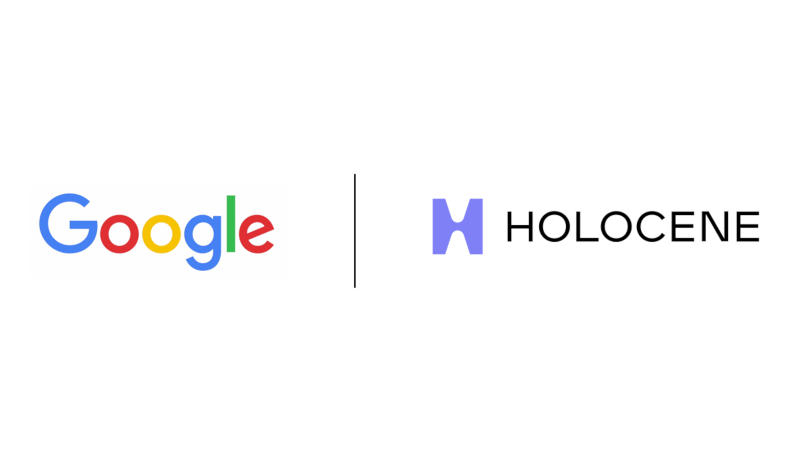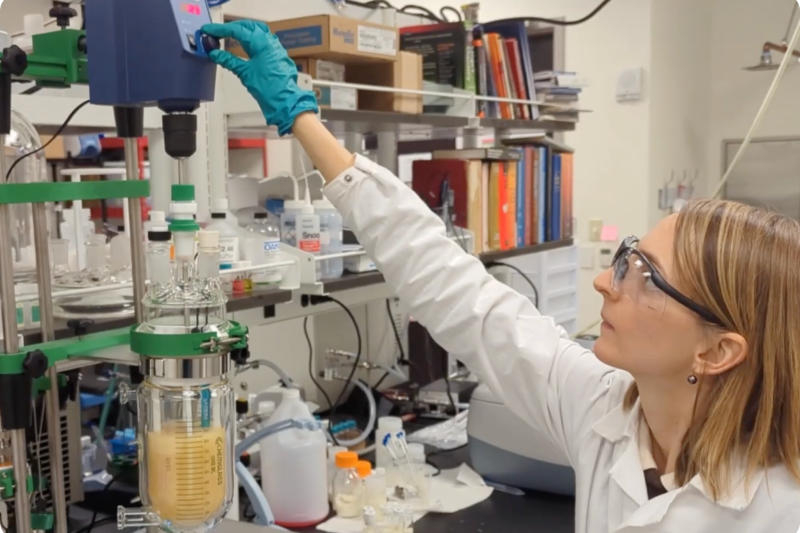Google struck a deal to remove carbon dioxide from the atmosphere at a bargain price: $100 per tonne of CO₂, a price that climate tech startups around the world are seeking because it makes solutions commercially viable.

Image source: theholocene.co
The search giant has entered into an agreement with Holocene, a startup with a short history that has already attracted some big-name investors. If Holocene can indeed capture carbon dioxide from the air at a cost significantly lower than competitors that currently charge $600 or more per ton for the service, there will be evidence that technology exists that can help combat climate change as well. But the project is still in its early stages, and the carbon pollution Google creates continues to grow.
When Holocene co-founder and CEO Anca Timofte was in business school at Stanford, she came across Oak Ridge National Laboratory research on a new chemistry for capturing CO₂ from the air—it laid the foundation for the technology the company uses today. Holocene launched in 2022 and has now attracted funding from the US Department of Energy, Elon Musk’s Xprize Carbon Removal company, and Bill Gates’ climate investment firm Breakthrough Energy. Timofte and her fellow co-founder previously worked at Climeworks, an early carbon capture company. Today it is a major player in this area, which cooperates, in particular, with Microsoft and JPMorgan Chase. By 2030, Climeworks aims to bring the cost of capturing carbon dioxide from the air to $250 to $350 per ton, above the Energy Department’s $100 threshold at which the technology becomes financially feasible.

Holocene says its technology is more efficient than others because it involves two continuous chemical cycles: the first to extract CO₂ from the air, the second to supply a clean stream of carbon dioxide that can be transferred to underground storage facilities. During the first cycle, air is passed through water, which contains amino acids that attract CO₂. Next, guanidine is added to the mixture, which reacts with CO₂ to form a solid crystal. The solids are separated from the liquid and the liquid is heated to 70–100°C to release a concentrated stream of greenhouse gases. By comparison, Climeworks works with solid filters that capture carbon dioxide from the air and release it when heated – in other words, this method involves only one material that requires you to stop loading before starting unloading, while the Holocene solution allows you to do everything at the same time.
Now Holocene has only one small pilot plant in Knoxville (USA, Tennessee) – per year it is capable of capturing only 10 tons of CO₂ from the air. By 2032, the company, according to the deal with Google, will have to extract 100 thousand tons of gas. The search giant has already paid a “significant portion” of the total $10 million upfront to help make the partner’s plans a reality. At the next stage, Holocene will build an installation that will remove 5,000 tons of greenhouse gas per year, and then a commercial installation will appear that will extract 500 thousand tons. So far, 27 installations are operating around the world with a total capacity of only 10 thousand tons per year . A capacity of 100 thousand tons is approximately equivalent to the removal of 20 thousand cars with internal combustion engines from public roads – while Google itself, due to the introduction of energy-intensive artificial intelligence systems, produced 14.3 million tons of carbon dioxide last year.